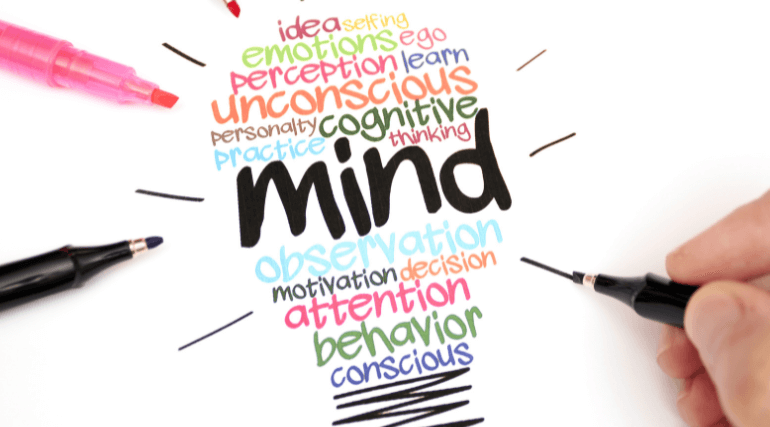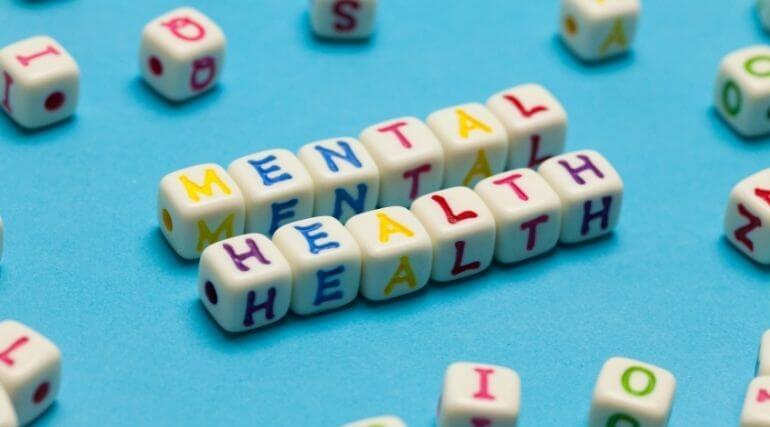Mindful Practices For Students
Mindfulness has played a significant part in helping young learners move forward positively at a time when school and family demands mean it's not unusual to notice indications of stress among kids. But, precisely, what is mindfulness?
Mindfulness is essentially a means of being present in each moment, observing what you're going through with compassion and without judgment. Increased concentration and involvement; improved decision-making abilities; and improvements in our attention span, focus, sleep, compassion, and self-esteem were among the advantages of mindfulness.
Mindfulness in the classroom helps teachers and students build a shared vocabulary that may be utilized to work through periods of student tension or anxiety ("Let's take a breath," "Was that a mindful decision?"). Do you want to include mindful practices in your classroom? Continue reading.
Mindfulness is both a method of practice and a way of living.
Mindfulness is the discipline of being fully aware of the present moment rather than dwelling on the past or future. It's all about being present at the moment and not passing judgment. Some people engage in mindfulness for a few minutes each day, while others make it a habit. You may, for example, practice mindful eating by paying attention to what's on your plate, feeling grateful for it, savoring each meal, and seeing how your body reacts to it.
Mindfulness helps you focus on what's essential by removing some of the weight from your consciousness. When you practice mindfulness on a daily basis as a student, you will reap various benefits. Here are a few of the advantages you could enjoy.
Benefits of mindfulness
Reduces stress and anxiety
Mindfulness has been shown to be a reliable strategy for reducing stress and anxiety throughout its history. Internal and external pressures contribute to the development of both of these situations. Internal pressure might include things like self-criticism, self-doubt, and concerns about your talents, among other things. It might also be an indication of something else going on; for example, a student with a physical or mental health problem can be concerned about their future well-being.
External pressure can come from a variety of sources, including parental influence, workload, and peer pressure. By exercising mindfulness, you allow yourself to recognize pressure without concentrating on it. You may focus on the life you want to live each day instead of being concerned and nervous about the past or future.
Improves focus and attentiveness
Paying attention is, in many ways, a resource allocation. There's only so much we can concentrate on at one time. According to a recent study conducted by psychologists, meditation, or mindfulness practice, enhances the allocation of the resource known as attention2.
With 10-minute sessions, even total beginners in the discipline of meditation can experience improvements. If you have trouble focusing for long periods of time on lectures, assignments, or study materials, mindfulness activities can assist. Teachers may help students focus on the present now, maintain a happy mood, and prevent disruptive behavior by implementing a little training or a more comprehensive mindfulness curriculum.
Enhances a student's cognitive abilities.
When reacting to time-sensitive activities, mindfulness has been demonstrated to increase cognitive function. According to one research, pupils who are permitted to meditate during examinations do better. Because mindfulness enhances primary school kids' learning effectiveness, attention, and memory, these outcomes are possible.
Another study put Taiwanese students through a one-semester mindfulness meditation course. The pupils' total performance improved significantly, suggesting that learning mindfulness can help students.
Emotional and social intelligence improvements
The majority of what young pupils learn about social relationships and emotional control happens in the classroom. Some kids develop a stronger sense of empathy and emotional awareness earlier than others. Others become more vulnerable to emotional manipulation or negative peer pressure.
One of the effective ways for improving emotional intelligence (EI) in young kids is mindfulness. Individual mindfulness competency has been connected to a high degree of EI characteristics. Students can increase their awareness of their emotions and the people around them by studying simple mindfulness activities. It will also assist students in better coping with problems, addressing negative emotions, and increasing their empathy for others.
Supports children with perfectionism issues.
In the same moment of awareness, mindfulness and perfectionism cannot coexist. Mindfulness entails observing everything around you, including yourself, without passing judgment. Students who worry about flawless scores might learn to appreciate the rewards of taking chances and making errors by practicing mindfulness. They may also be able to successfully minimize the emotional strain they put on themselves to always be accurate. More pupils can benefit from this knowledge that learning should be experienced and loved.
Improves memory
The benefits of mindfulness for memory have been empirically proved. Let's start with the most obvious reason why mindfulness helps memory. You take in better-structured information when you actively listen during courses, pay greater attention to the present, and train your awareness to stay focused on the 'now,' and other mindful activities. Because you actively listened in the previous class, it becomes simpler to recall what your lecturer stated. Because you carefully scribbled each word, your study notes would no longer appear to be a stranger's scribbling.
Fun Mindfulness Activities for Students
Fortunately for teachers, teaching mindfulness in classrooms is both enjoyable and successful. Students said they love mindfulness group activities and implement the concepts they learned in their daily lives. Try these classroom mindfulness exercises to assist your kids to develop social-emotional skills that will help them achieve their academic goals.
Mindful Eating Activity
Give a piece of candy or another goodie to each child in your class. Instruct them to concentrate on the flavors and feelings they experience while chewing. After they've finished eating, have them talk about or write down any relevant facts about the meal they noticed (like its color, smell, taste, texture, and so on).
This mindfulness practice is particularly beneficial for teaching kids about the five senses. This might be an excellent tie-in if you're seeking social-emotional exercises that link with your school's existing curriculum.
Mini Meditation
Small-scale meditation exercises are preferable for teaching mindfulness without boring children since they have shorter attention spans. Putting on soothing music and having kids close their eyes at their workstations is one approach to do this. Instruct pupils to close their eyes and concentrate as much as possible on the music. If their minds stray away from the music, urge them not to be angry with themselves, but to just acknowledge what happened and return their attention to the music.
Aim for no more than two to three minutes for early elementary school pupils. Due to their experience, older pupils may be able to meditate for longer periods of time.
Body Scan
This practice is an excellent method to teach students how to apply mindfulness as a stress-reduction technique. Have your pupils lay down on the floor or sit motionless at their desks to begin the body scan. From head to toe, walk them through an inventory of any feelings or sensations they perceive. As they become aware of these emotions, tell them to accept them and go on to the next portion of their body.
Have your pupils lie down on the floor for a more involved mindfulness activity. Walk them through a scan of their entire body, from head to toe, for any emotions or sensations. Instruct them to accept their feelings exactly as they are when they arise. Finish the activity by taking a few deep breaths together once you've completed the body scan.
Walking Meditation
Walking meditations are a great method to help students practice mindfulness while also getting their wiggles out. Take your pupils for a quick five- to ten-minute stroll outside. Ask them to concentrate on the sights and sounds around them, as well as how they feel while walking. Take them back inside once they've completed the task and have them reflect on it through discussion or writing.











